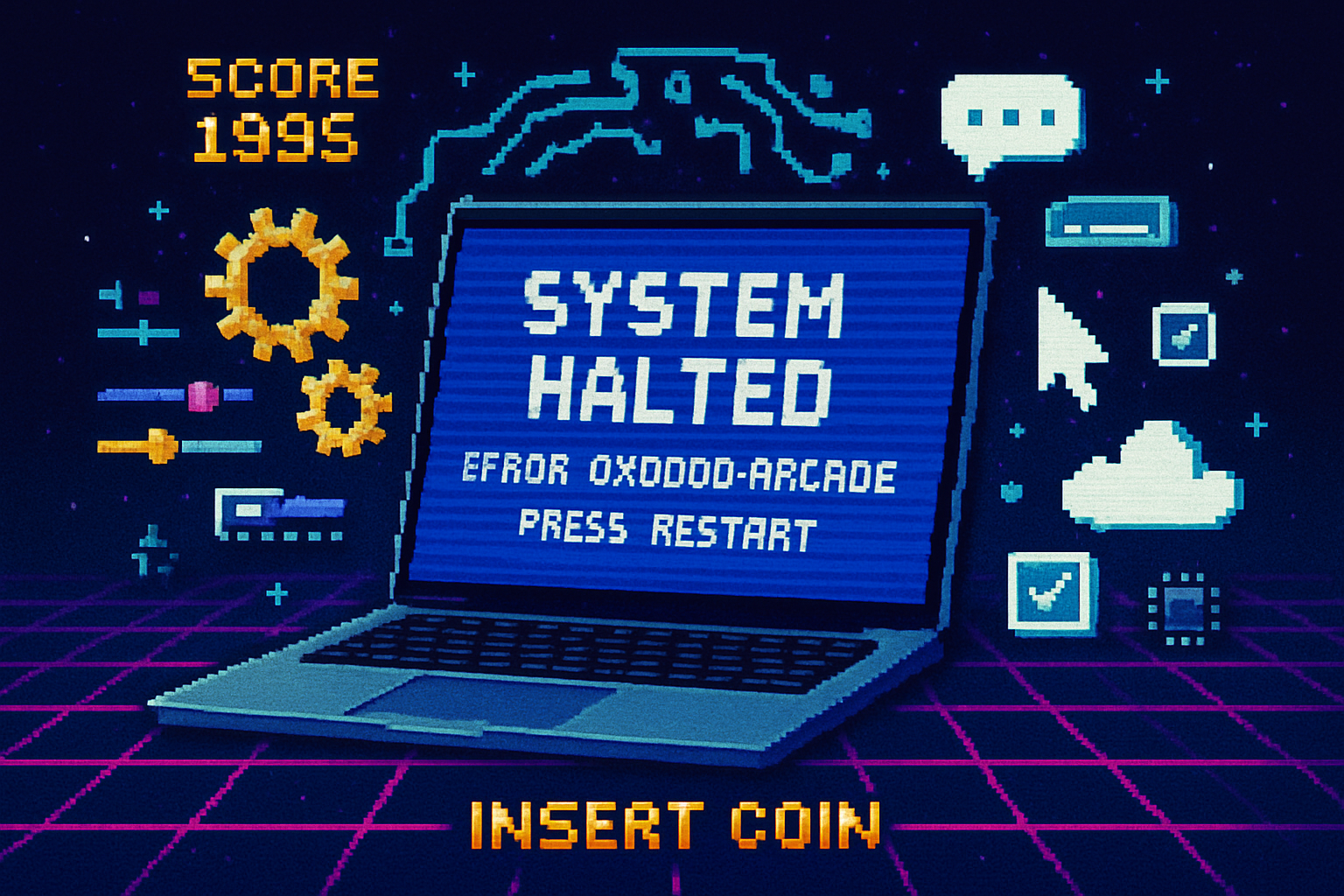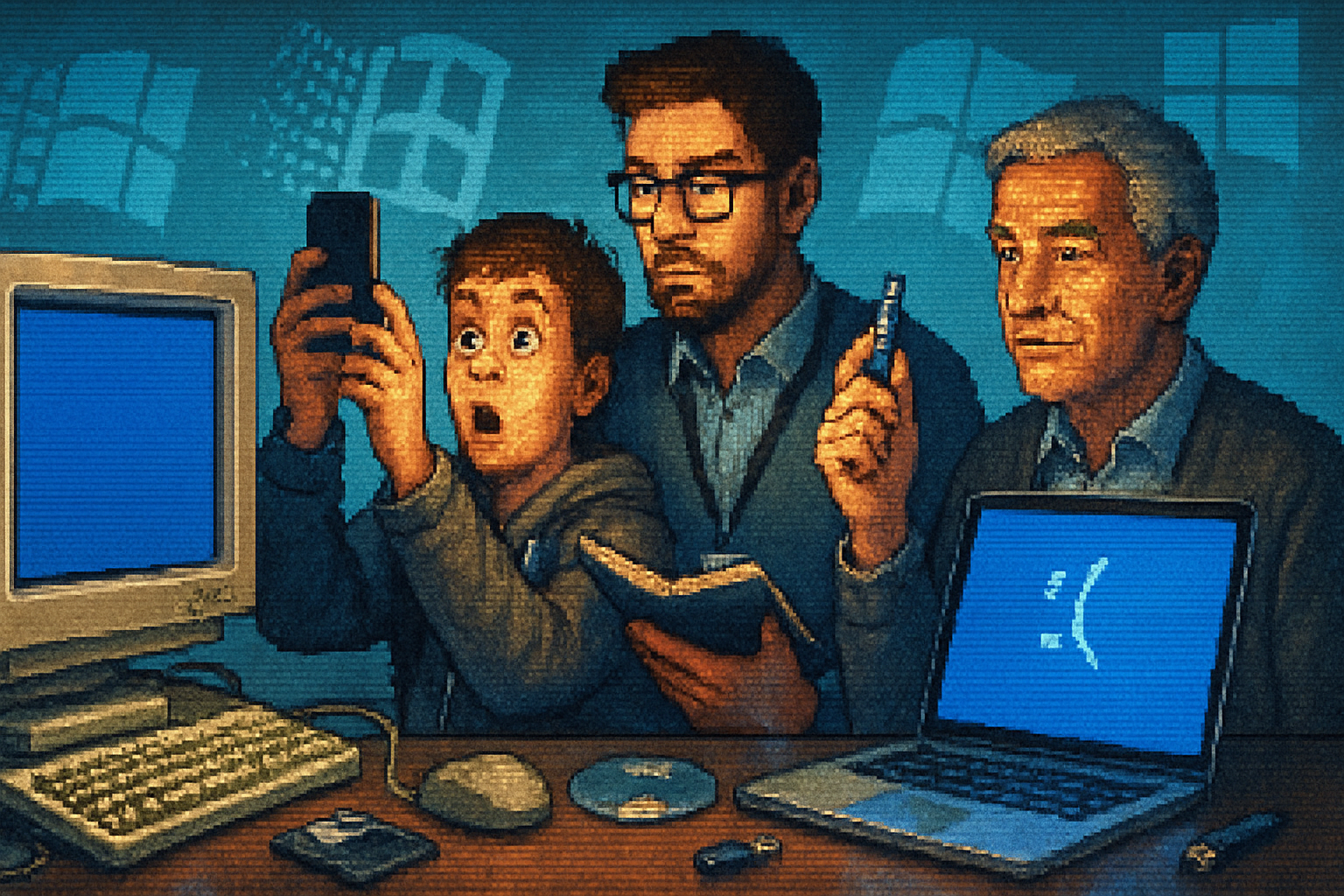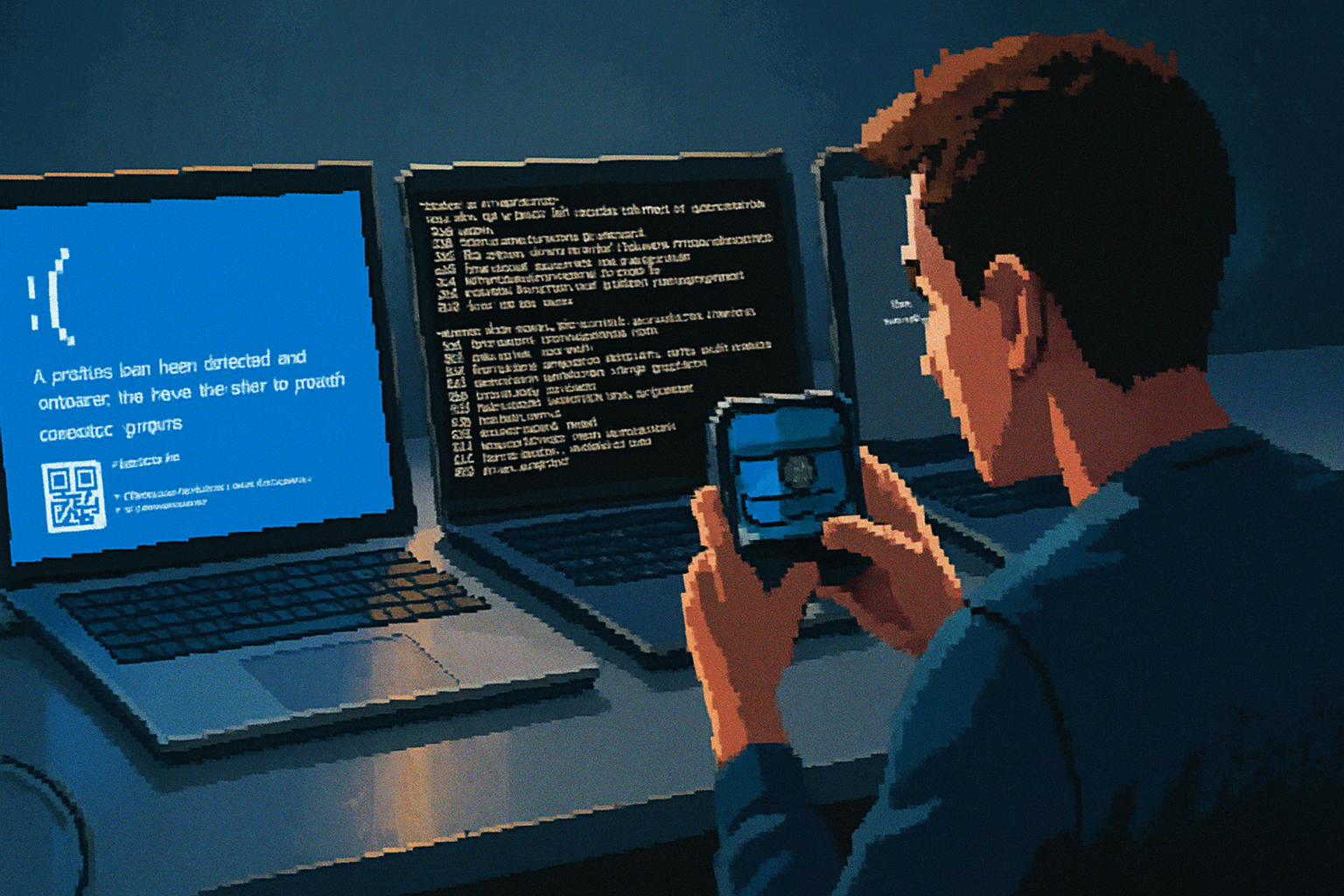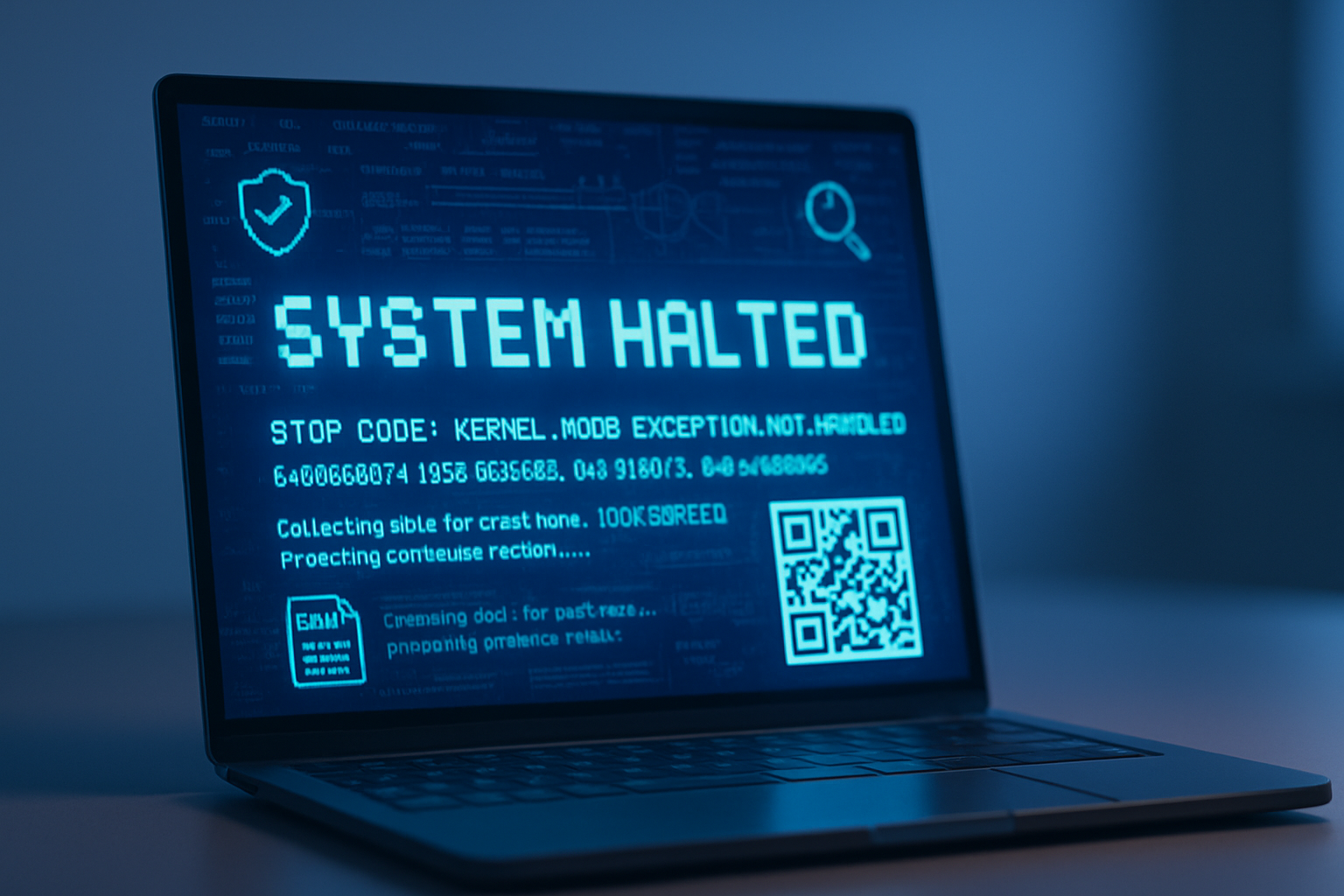· retrotech · 4 min read
Behind the Screen: Understanding the Technical Evolution of BSOD
Explore the fascinating journey of the Blue Screen of Death (BSOD), from its inception to its modern iterations, and discover how operating system advancements shaped its development.

Behind the Screen: Understanding the Technical Evolution of BSOD
The Blue Screen of Death (BSOD) is a term known to many computer users, often associated with frustration and despair. This infamous screen signifies a critical system error that requires the Windows operating system (OS) to halt. Although it garners negative connotations, the BSOD represents significant milestones in error handling and system performance over the decades. In this article, we’ll explore the evolution of the BSOD, tracing its origins and how advancements in technology and operating systems led to its refinement.
The Origins of the BSOD
The BSOD made its first appearance in Windows 1.0, released in 1985. However, it wasn’t until Windows 3.0 that users were introduced to a visual representation of a system crash. Initially, the screen displayed a simple error message, but as Windows evolved, so did the BSOD.
One of the primary motivations for the BSOD’s inception was to provide users with crucial information regarding system malfunctions. Early versions offered limited error information, making it difficult for users or technicians to diagnose the problems. The need for better error reporting became evident, setting the stage for future improvements.
Technical Advancements in Error Reporting
Transition Through the Windows Versions
As Microsoft released newer versions of Windows, noteworthy enhancements to the BSOD took shape. Windows 95, a milestone in the OS’s timeline, revolutionized the BSOD presentation, giving it a more recognizable blue background and introducing more informative error messages. This was crucial for users to not only understand that an error had occurred but also to have a basic idea of what went wrong.
With the release of Windows NT (New Technology) in the 1990s, Microsoft brought about a much more reliable error handling mechanism. The BSOD became a tool for developers as much as it was for end-users. Error codes were standardized, making them easier to reference and diagnose.
The Impact of Advanced Hardware
The rise of faster and more powerful hardware coupled with software advancements led to richer error reporting capabilities. For instance, the introduction of the NTFS (New Technology File System) increased the reliability and integrity of data, shifting the focus on how system crashes and error reports were handled. The BSOD began to reflect these improvements, outlining file system errors among other runtime issues.
Today’s BSOD: A User-Friendly Approach
The modern BSOD has advanced significantly from its initial iterations. In Windows 8 and beyond, Microsoft focused on improving user experience by making error messages more user-friendly. The updated BSOD displays emojis and clearer text that help demystify error codes, all while still providing critical technical information for troubleshooting.
It’s essential to note that today’s BSOD incorporates proactive features, including suggested actions for users and links to online resources. This proactive approach is indicative of a refined understanding of user needs and expectations when troubleshooting system errors. Microsoft also transitioned to a cloud-based error reporting system that provides feedback to developers on how to prevent similar issues in the future.
What Lies Ahead for BSOD
As operating systems continue to evolve, so too will the BSOD. With the advent of artificial intelligence and machine learning, it is likely that future iterations will further enhance diagnostic capabilities and even offer preemptive solutions before a system crash occurs. The evolution of the BSOD from a mere notification of failure to a sophisticated system management tool demonstrates how technology adapts to user needs.
Conclusion
The journey of the Blue Screen of Death reflects significant shifts in technology, operating system architecture, and user experience considerations. What began as a simple error screen has transformed into a sophisticated tool that aids both users and developers. Understanding this evolution not only highlights the progress in error reporting technologies but also emphasizes the ongoing relationship between users and their operating systems.
For those who encounter the BSOD, remember that it’s more than just a sign of trouble-it’s the result of years of development aimed at improving system reliability and user experience.
For more information about BSOD and troubleshooting steps, you can refer to Microsoft’s official documentation here and explore the Microsoft Community for user-shared solutions and experiences.



